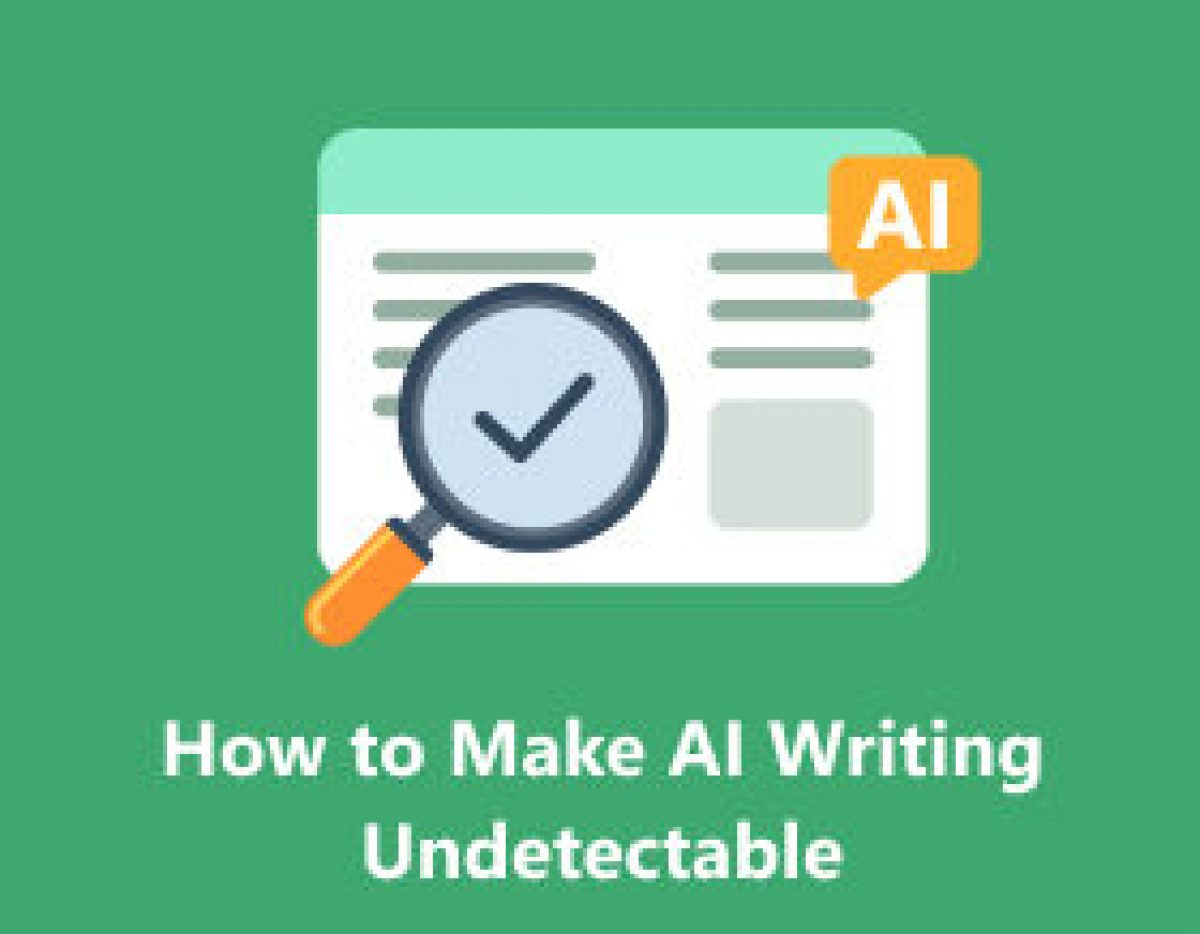Introduction
Ever worried your AI-generated content sounds too robotic — or worse, detectable by search engines like Google? You’re not alone. With the rise of AI detection tools, content creators, marketers, and freelancers are looking for ways to make AI output sound authentically human.
The secret isn’t just the AI model you use — it’s the prompting technique behind it. By mastering undetectable AI prompting, you can produce content that feels natural, flows smoothly, and blends seamlessly into human-written work.
Let’s break down five proven, Google-proof prompting techniques that will help your content pass both human and algorithmic sniff tests.

📚 1. Layered Context Prompting
Instead of giving AI a flat command, build your prompts like a narrative. Provide context, audience, style, and purpose in layers.
✅ Example Prompt:
“Act as a SaaS content strategist. Write a 700-word article for startup founders on improving productivity. Use a friendly, insightful tone with actionable tips.”
Why it works: Layered prompts reduce repetition and produce more natural, context-rich writing.
📚 2. Human Style Framing
AI tends to sound formulaic. To avoid that, frame prompts with human-like instructions:
- Add “write like you’re explaining this to a smart coworker.”
- Use “slightly aspirational, but approachable.”
- Request “variety in sentence length.”
This forces AI to mimic natural human rhythm and tone.
📚 3. Multi-Draft Iteration
Instead of settling for the first output, ask the AI to:
- Generate a rough draft.
- Critique its own writing.
- Rewrite for clarity, flow, and variety.
✅ Example Prompt:
“Draft a blog intro. Then critique it for sounding robotic. Rewrite with improved flow and more natural phrasing.”
Why it works: Self-revision cycles make the content richer and harder to flag as AI-generated.

📚 4. Embedded Storytelling
People connect with stories — and AI content that uses anecdotes feels far more authentic.
- Add a quick scenario.
- Request “relatable examples.”
- Ask for “storytelling hooks” at the start.
✅ Example Prompt:
“Open with a story of a project manager juggling deadlines and explain how AI tools solve the problem.”
📚 5. Prompt Variability Matrix
One of the biggest giveaways of AI is repetitive patterns. To break that, create a variability matrix:
- Ask the AI to vary tone, structure, and transitions.
- Rotate perspectives: explain, teach, illustrate, summarize.
- Use a checklist to enforce variety.
✅ Example Prompt:
“Generate 3 variations of this paragraph: one explanatory, one conversational, and one storytelling-driven.”
🛠 How My Magic Prompt Makes This Easier
Trying to do all this manually? It’s exhausting. That’s where My Magic Prompt comes in.
- Prompt Templates: Pre-built, tested frameworks for undetectable prompting.
- Prompt Builder: Quickly layer context, tone, and goals without guesswork.
- Chrome Extension: Magic Prompt AI Prompt Generator lets you generate smarter prompts directly inside your browser.
With these tools, you can apply advanced prompting techniques in minutes instead of hours.
❓ FAQ: Undetectable AI Prompting

1. What is undetectable AI prompting?
It’s the practice of crafting prompts that guide AI to produce content indistinguishable from human writing.
2. Can AI content really be Google-proof?
Yes — when combined with proper prompting and editing. Google values usefulness and originality, not just who (or what) wrote it.
3. What’s the difference between a good and bad AI prompt?
A good prompt gives context, tone, and purpose. A bad prompt is vague, producing generic and robotic text.
4. How can I organize my prompts for better results?
Use a prompt library inside My Magic Prompt to save, tag, and reuse high-performing prompts.
5. Do AI detection tools still work?
They can, but layered context, storytelling, and variability make detection less likely.
🤍 Final Thoughts
Undetectable AI prompting isn’t about tricking systems — it’s about raising the quality of your content so it resonates like real human writing.
By applying these five techniques — layered context, human style framing, iteration, storytelling, and variability — you’ll consistently generate Google-proof, reader-friendly content.
Want a faster way to master these methods? Explore My Magic Prompt for templates, toolkits, and a Chrome extension that makes advanced prompting effortless.
